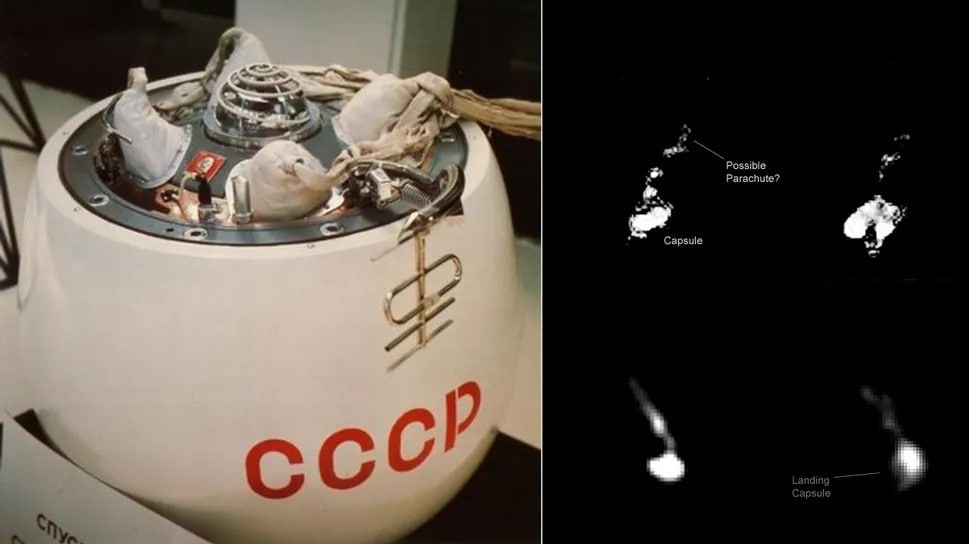A Soviet Era Spacecraft, Kosmos 482, Is Plunging Down to Earth 53 Years After It Was Launched
Kosmos 482’s story began at the height of the Cold War-era Space Race, when the United States and the Soviet Union competed for dominance beyond Earth.

Kosmos 482’s story began at the height of the Cold War-era Space Race, when the United States and the Soviet Union competed for dominance beyond Earth.

In the vast, silent expanse of space, remnants of humanity’s early spacefaring ambitions occasionally make dramatic and unexpected returns to Earth. One such relic—Kosmos 482, a Soviet-era Venus lander that never reached its destination—is now hurtling toward our planet, expected to reenter Earth’s atmosphere sometime between May and July 2025.
Kosmos 482’s story began at the height of the Cold War-era Space Race, when the United States and the Soviet Union competed for dominance beyond Earth. While NASA focused on lunar missions, the Soviet Union turned its attention to Venus, a planet cloaked in toxic clouds, crushing atmospheric pressure, and searing heat. The Venera program aimed to land probes on Venus and transmit data back to Earth. By 1972, the Soviets had already achieved several milestones, including the first successful landing on another planet.
On March 31, 1972, just days after the launch of Venera 8 (which would later become the second spacecraft to send data from Venus’s surface), the USSR launched its twin probe. However, the upper stage of its Molniya-M rocket malfunctioned, failing to propel the spacecraft out of Earth orbit, and became trapped in Earth orbit. Unable to fulfill its mission, the spacecraft was reclassified as Kosmos 482, a common Soviet practice used to obscure failed interplanetary missions by relabeling them as Earth satellites.
What makes Kosmos 482 particularly notable is its payload: a Venus lander engineered to survive temperatures of up to 500°C (932°F), atmospheric pressures 90 times greater than Earth’s, and the corrosive sulfuric acid clouds of Venus. Designed for one of the most extreme environments in the solar system, this resilient hardware has instead spent over five decades in Earth’s orbit, until now.
After more than 50 years in orbit, Kosmos 482 is finally descending due to gradual orbital decay. Experts currently estimate reentry will occur sometime between May and July 2025, although the exact timing remains uncertain. Factors such as solar activity, atmospheric density, and the spacecraft’s tumbling motion make precise predictions difficult.
Kosmos 482’s orbital path crosses latitudes between approximately 52° North and 52° South, meaning any surviving debris could fall across a wide swath of the globe. Most of the spacecraft is expected to disintegrate during reentry. However, given the lander’s robust heat shielding, analysts estimate that 40–50% of the total mass may survive the descent. With the lander weighing around 500 kg (1,100 lbs), that could mean 200–250 kg (440–550 lbs) of debris reaching the surface.
The risk to human life is extremely low. Over 70% of Earth’s surface is covered by oceans, and much of the remaining land is sparsely populated. Nevertheless, global space agencies are tracking the object closely. If fragments are recovered, they could provide valuable insights into 1970s Soviet aerospace engineering.